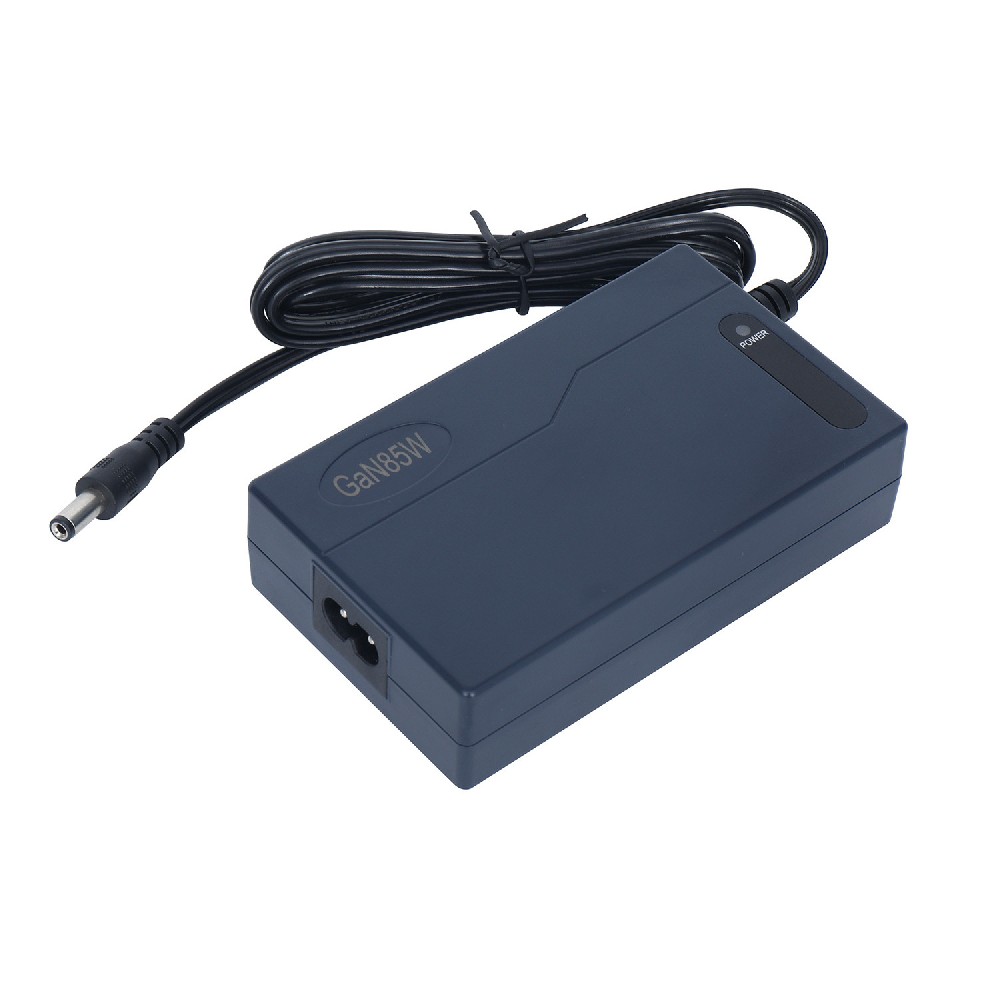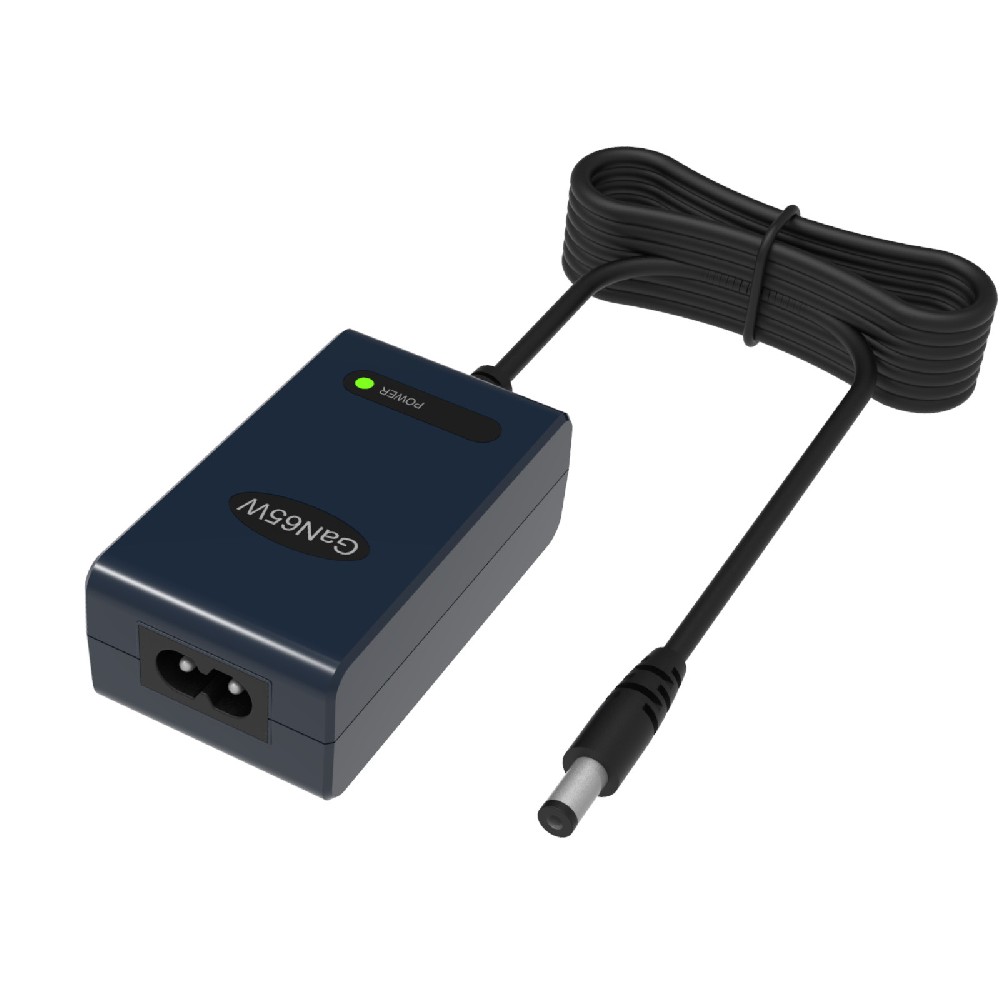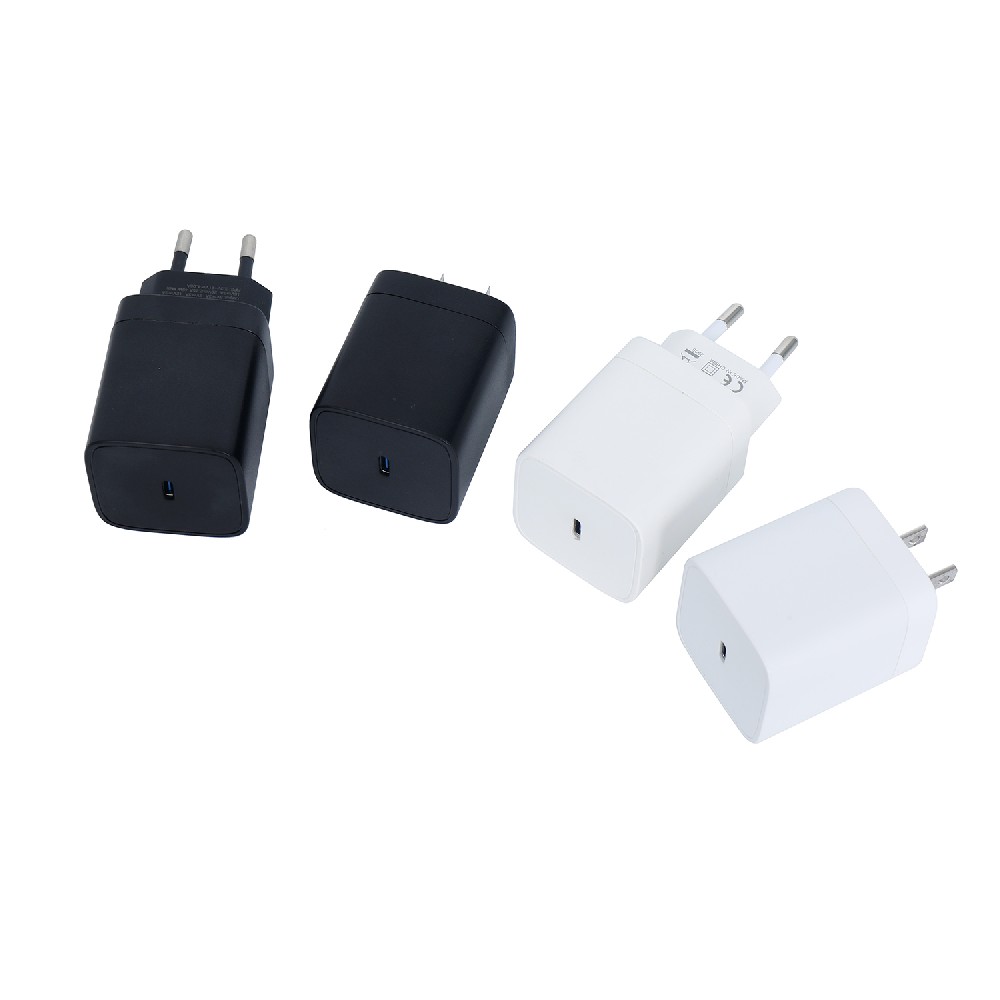Information Center
Revolutionizing Battery Charging: The Crucial Components and Designs of Battery Charger Circuits
Published:2023-06-13 20:36:42 Author:Green WCND Views:50A battery charger circuit is an electronic system that is used to recharge batteries after they have been depleted or drained. The design of a battery charger circuit is crucial for the safe and efficient recharging of batteries, whether it is for smartphones, laptops, or even electric vehicles.

The most common battery charger circuit types include linear chargers, switched-mode chargers, and pulse chargers. Linear chargers use a simple circuit and a transformer to regulate the voltage and current to charge the battery. Switched-mode chargers, on the other hand, use high-frequency switching to regulate the voltage and current. This type of charger is more efficient and can charge batteries faster than linear chargers. Lastly, pulse chargers use short bursts of current to charge the battery and can also help to rejuvenate old batteries.

The key components of a battery charger circuit include rectifiers, capacitors, resistors, transistors, and diodes. The rectifiers are responsible for converting the AC voltage from a mains power supply to DC voltage, which is used to charge the battery. The capacitors store energy, which is released during the charging process to help regulate the voltage. The resistors are used to limit the current and protect the battery from overcharging. Transistors and diodes are used to regulate the flow of current.
To ensure the safe and efficient operation of a battery charger circuit, it is important to consider various factors such as the battery voltage, charging current, charging time, and safety features. Overcharging can result in damage to the battery or even a risk of explosion, so it is important to include features such as voltage and current monitoring to prevent this.
Battery charger circuits can also be designed for specific types of batteries. For example, lithium-ion battery chargers are designed differently from lead-acid battery chargers. Lithium-ion batteries require a special charging algorithm to prevent overcharging and reduce the risk of thermal runaway, which can lead to an explosion.
Battery charger circuits are an essential component of modern technology, and their importance will only grow as we continue to use more and more battery-powered devices. A well-designed battery charger circuit can make a significant difference in the lifespan and performance of batteries. As technology advances, it is likely that we will see even more innovative and efficient charger circuit designs that revolutionize the way we recharge our batteries.
Power Adapter Design and Customization Guide for Portable Electric KettlesI. Common Design Types for Portable Electric Kettle Power AdaptersPortable electric ke···
I. Common Design Types of Power Adapters External Independent Type (Most Common) Design: A standalone adapter (e.g., "black brick") connected to the p···
Handheld Vacuum Cleaner Power Adapter Selection GuideIntroductionHandheld vacuum cleaners have become a mainstream tool for household cleaning due to their port···
Drill Power Adapter Selection Guide.drill-container { font-family: Arial, sans-serif; line-height: 1.6; max-width: 800px; margin: 0 auto; padding: 20px; } .dril···





